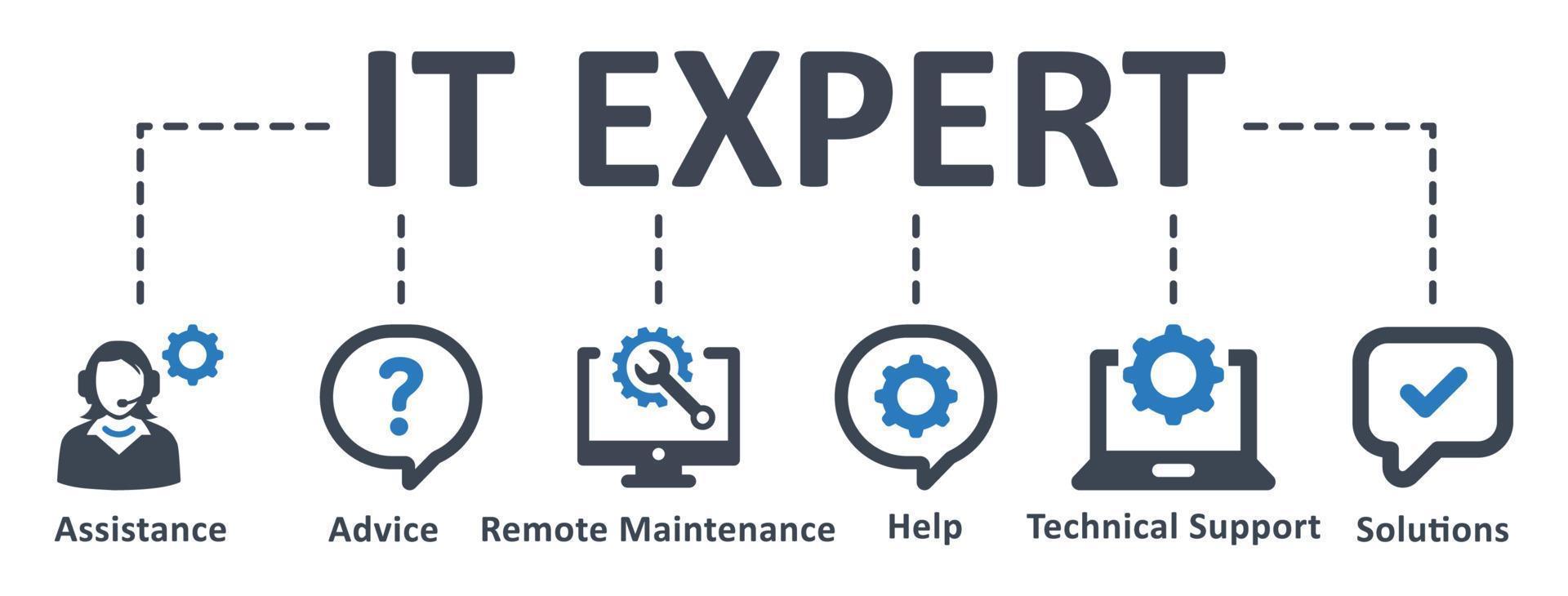
In today’s fast-paced business landscape, efficient IT support is essential for smooth operations. A service desk is at the core of this support, playing a crucial role in managing incidents, addressing user requests, and enabling organizations to maintain high productivity levels.
Let’s dive into what a service desk is, how it functions, and why it is vital for modern businesses.
What is a Service Desk?
A service desk is an integrated system that acts as a central point of contact between a company’s IT department and its users. It is designed to handle various issues, from technical troubleshooting to user inquiries, ensuring seamless IT service management. The service desk helps maintain productivity and enhances the overall user experience by centralizing all support functions.
Key Functions of a Service Desk
The service desk serves as the frontline for IT support and management, carrying out the following core functions:
- Incident Management: The service desk quickly addresses issues that disrupt normal operations, prioritizing and resolving incidents to reduce downtime.
- Request Fulfillment: Handling user requests, whether it’s for software installations, hardware configurations, or information, the service desk ensures each request is processed efficiently.
- Problem Management: The team identifies recurring issues and implements solutions to prevent future incidents, thereby enhancing system reliability.
- Change Management: When introducing new technology or updating systems, the service desk facilitates the change process to minimize user disruption.
- Knowledge Management: The service desk provides users with easy access to resources and knowledge articles to encourage self-service and reduce repeated inquiries.

How Does a Service Desk Work?
Service desks operate through a streamlined workflow designed to enhance user satisfaction. Here’s a step-by-step look at how it functions:
- User Request Initiation: Users submit issues or requests via email, a self-service portal, or a helpdesk phone line.
- Ticket Generation and Categorization: Each request is logged into a ticketing system, which categorizes it based on type, priority, and required expertise.
- Ticket Assignment: Depending on the complexity, tickets are routed to the appropriate team or level (L1, L2, or L3 support).
- Resolution and Communication: Service desk agents troubleshoot and resolve the issue, keeping users informed throughout the process. More complex issues may be escalated to specialized IT teams.
- Feedback and Continuous Improvement: After resolution, users can provide feedback, which helps the service desk refine its processes and improve service delivery.

Benefits of a Service Desk
Implementing a robust service desk can significantly impact business efficiency. Some notable benefits include:
- Improved Efficiency: With a service desk, support processes are standardized, resulting in faster resolution times and improved resource allocation.
- Enhanced User Satisfaction: Quick issue resolution and open communication increase user satisfaction and confidence in IT support.
- Proactive Problem Solving: By identifying and resolving the root causes of recurring issues, service desks reduce the risk of future incidents, maintaining uninterrupted operations.
- Better IT and Business Alignment: Service desks ensure that IT support aligns with business goals, improving overall productivity and organizational performance.
Types of Service Desks
Service desks vary in structure and may be customized to suit an organization’s size and needs. Some common types include:
- Local Service Desk: Designed for small organizations, the local desk supports users in a specific location.
- Centralized Service Desk: A centralized model offers support to users across multiple locations, often via remote tools and virtual assistance.
- Virtual Service Desk: Leveraging cloud-based technology, virtual desks provide support to a globally dispersed workforce.
- Follow-the-Sun Service Desk: For multinational companies, this model provides 24/7 support by handing over requests across different time zones.
The Role of Technology in Service Desks
Modern service desks are empowered by advanced technology, including:
- AI and Automation: Automated workflows and AI-driven chatbots can handle routine requests, enabling support teams to focus on complex issues.
- Self-Service Portals: These portals provide users with resources for troubleshooting, reducing ticket volume and empowering users to resolve minor issues independently.
- Analytics and Reporting Tools: Data-driven insights allow service desks to monitor performance, identify bottlenecks, and improve service delivery over time.
Final Thoughts
A service desk is an indispensable asset for businesses seeking to maintain smooth IT operations and ensure user satisfaction. By addressing technical issues promptly, managing requests effectively, and facilitating continuous improvement, a well-structured service desk aligns IT functions with business objectives, driving efficiency and resilience.
